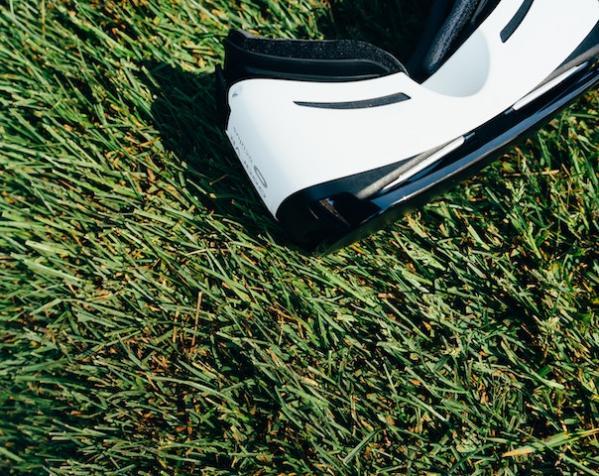VR for Social Good: VHIL
When does the brain treat virtual and augmented reality as if they were real? How do virtual experiences affect people? What psychological theories explain how we interact with virtual people? How can augmented reality systems maximize remote communication? In this blog we will visit some answers to these questions by taking a look at Stanford University's Virtual Human Interaction Lab (VHIL). At the VHIL researchers design experiments to gain a better understanding of the psychological and behavioral effects of Virtual Reality (VR) and Augmented Reality (AR).
The Virtual Human Interaction Lab (VHIL) was founded in 2003 by Jeremy Bailenson with the purpose of studying how virtual experiences lead to changes in perceptions of self and others. Bailenson works with Ph.D. students and sponsors to allow people to meet in virtual spaces and explores the changes in the nature of social interactions. Their research has recently focused on how virtual experiences can transform education, environmental conversation, empathy and health. The team at the Virtual Human Interaction Lab are working on eight different projects geared to their mission of answering the questions previously stated.
The first project focuses on the psychology of AR. This project seeks to make advances both in the computer science and social psychology aspects of AR. Collaborating with the University of Central Florida, systems are being built that can network avatars via AR in real time and they are studying the social benefits and consequences.
The second project is about integrating VR into classrooms and curriculums. The VHIL team are conducting studies in classrooms with hundreds of middle and high school students to test how different levels of immersion impact various cognitive processes, self-efficacy and motivation to learn.
The third project focuses on empathy and perspective taking. The VHIL team are using studies to allow users to virtual walk in the shoes of another such as those with disabilities, economic, skin color, and age differences.
The fourth project centers around immersion and presence. According to the VHIL team, presence is the illusion of non-mediation and presence is what leads to the feeling of being immersed in a virtual environment and the reason that VR feels real.
The fifth project is about design thinking. As stated by the VHIL team, VR gives them the opportunity to construct and simulate different environments, the opportunity to improve our effectiveness in different design scenarios, and the possibility to measure design performance and factors that affect it.
The sixth project focuses on telepresence. This is the idea that with AR systems ability to superimpose virtual objects in real space and allow spatial coherence, there is an opportunity for digital experiences that feel more closer to in-person interactions.
The seventh project focuses on medical virtual reality. Their research team is exploring how VR can be leveraged to deliver patient therapy, assess mental disorders, and alleviate patient anxiety.
The eighth and last project is centered around environmental education. This aims to understand how VR can be used to enhance science, environmental and ocean literacy in order to help address pressing societal issues such as climate change.
To learn more about the lab’s research, collaborate, and/or participate in their studies, go to their website. On their website is more information about the lab’s research, past lectures from Bailenson, and news about the VHIL team.
The McClure School of Emerging Communication Technologies strives to offer the best academic programs in the IT (Information Technology) and the game development and the Virtual Reality/Augmented Reality (VR/AR) industries. Our programs and certificates cover numerous aspects of the rapidly changing industries of information networking, information security, data privacy, game development, digital animation, and the academic side of esports. Check out our degrees in detail here.
